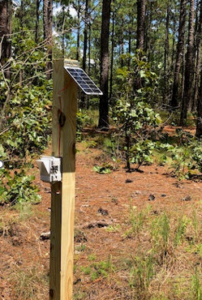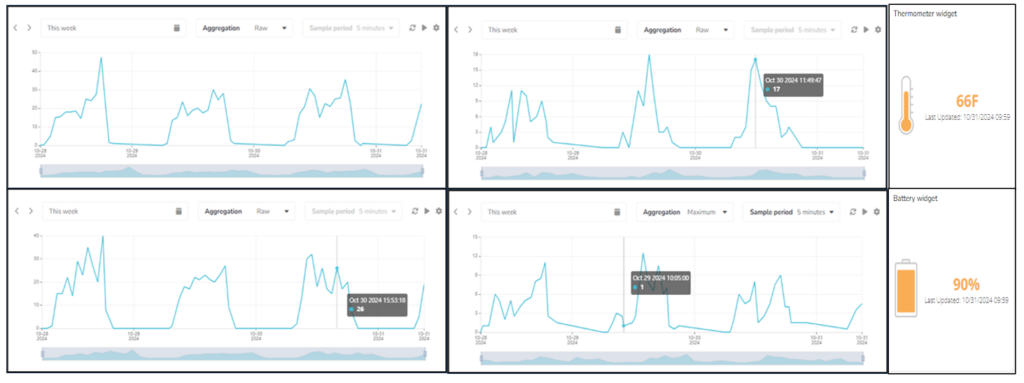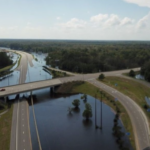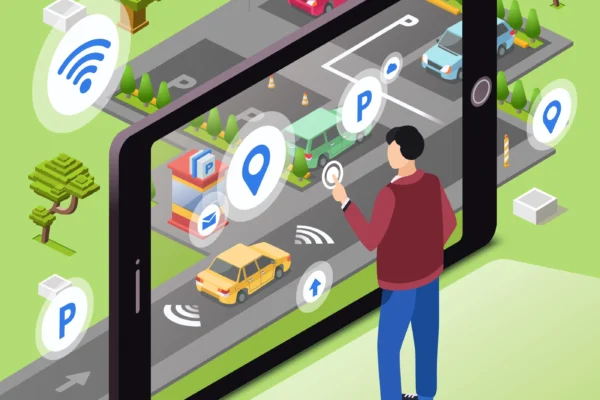Maximize Trail Efficiency: Top Strategies for Selecting People-Counting Sensors
Trail Traffic Tracking: A Guide to Choosing the Right People-Counting Sensors
Picture this: You’re a park manager trying to understand how many people use your trails, or maybe you’re a researcher studying visitor patterns in nature. Modern IoT technology can help you gather this data seamlessly – but choosing the right sensors can feel overwhelming. Let’s break it down together.
First Things First: What Are You Trying to Learn?
Before diving into the technical details, take a moment to think about:
- What story do you want your data to tell? Are you tracking seasonal changes in trail usage, or measuring the impact of a new trail feature?
- What’s your trail environment like? A densely wooded mountain path will need different solutions than an urban nature walk.
- What’s your budget looking like? Remember to factor in both initial costs and ongoing maintenance.

Let’s Talk Sensors: Finding Your Perfect Match
Think of sensors as your trail’s silent observers. Each type has its own superpowers:
Infrared Champions These are your all-weather friends. By detecting body heat, they work like charm even in thick forest cover or at night. They’re like having a reliable trail counter that never sleeps.
Ultrasonic Explorers Using sound waves to detect movement, these sensors are like having bat-vision for your trail. They’re particularly great for wider paths and aren’t fooled by changing light conditions.
Camera-Based Solutions Think of these as your trail’s smartest observers. Cameras generate precise about the type of users, including bicycles, strollers, horses and other critters. Advanced analysis is used for unique counts. They give you the most detailed picture of trail usage patterns.
Pressure-Sensing Pathways Perfect for narrow trails, these subtle sensors count footsteps like a fitness tracker for your path. They’re practically invisible to visitors but need regular check-ups to stay accurate.
Inductive Sensors Inductor loops (similar to traffic light loops on streets) are installed on the trails. These loops are able to detect individuals, bicycles, strollers. The sensors require construction to dig and wire properly. They’re practically invisible to visitors but need regular check-ups to stay accurate.
Keeping Your Sensors Powered and Connected
Just like your smartphone needs charging and signal, your sensors need:
- A reliable power source: Whether that’s batteries, solar panels, or a connection to the grid
- Good connectivity: Whether through Wi-Fi, cellular networks, or LoRaWAN

Making Sense of All That Data
Here’s where the Varidx Smart City Platform comes into play. Think of it as your trail’s command center, where you can:
- Watch real-time visitor counts
- Create beautiful, insightful reports
- Spot trends and patterns
- Get alerts when something needs attention

The Practical Stuff
Remember to consider:
- Weather protection (your sensors need to be as tough as your most dedicated hikers)
- Easy maintenance access
- Privacy protection for trail users
- Responsible data use that benefits your community
Want to See It in Action?
The best way to understand how these solutions can work for your trails is to see them in action. We’d love to show you how the Varidx Smart City Platform can transform your trail management – just reach out for a demo.





